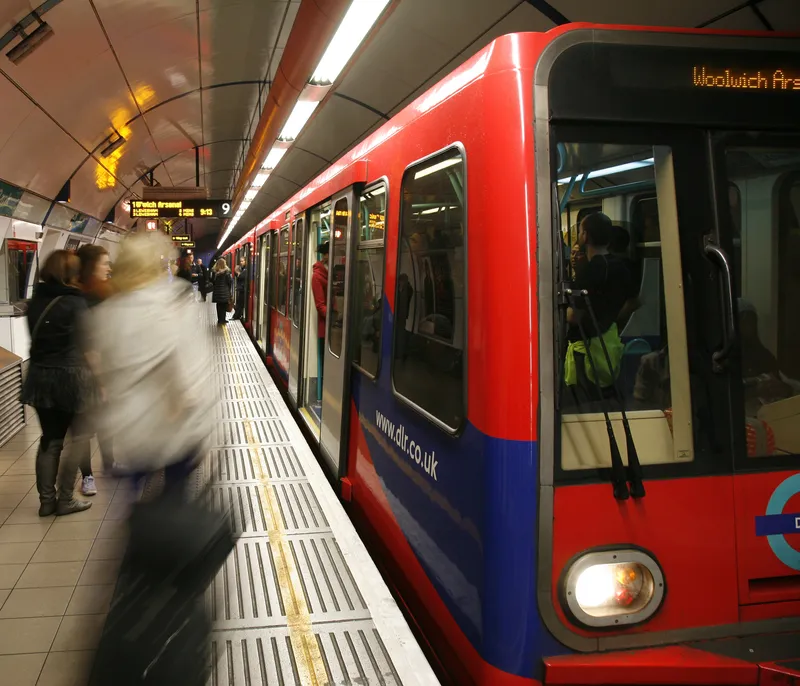Israel Railways is to use HaCon’s train planning system, TPS, for its train planning and capacity management, including all schedules and route inquiries for passenger and freight traffic. The rail operator aims to fully replace its legacy tools and systems with TPS by the end of the year. The contract also includes HAFAS components for timetable publishing.
Israel Railways acts as both infrastructure manager and train operator, with 2,370 employees and a network of approximately 1,100 kilometres of tr
February 9, 2015
Read time: 2 mins
Israel Railways is to use 5550 HaCon’s train planning system, TPS, for its train planning and capacity management, including all schedules and route inquiries for passenger and freight traffic. The rail operator aims to fully replace its legacy tools and systems with TPS by the end of the year. The contract also includes HAFAS components for timetable publishing.
Israel Railways acts as both infrastructure manager and train operator, with 2,370 employees and a network of approximately 1,100 kilometres of track. The HaCon system provides a tailored and integrated planning tool for both yearly timetables and future infrastructure and timetables up to 2020 and beyond that guarantees a seamless interaction with third-party systems and a perfect adaptation to the existing IT infrastructure.
Philip Wobst, project manager and TPS Consultant at HaCon, explains the specific challenges: "In developing the ideal solution for Israel Railways, we integrated rolling stock rostering into the planning process which will be very useful for other TPS customers as well. Also, we added Hebrew language support to our reporting system and had to learn about the effects of winter and summer time on the Shabbat timetable."
Facing a constant rise in traffic demands, Israel Railways director of the long-term planning department Yosef Navon said: "We aim to reach 70 million passengers in 2020, add electrification, and increase the length of track from the current 1,100 kilometres to 1,700 at the same time."
Israel Railways acts as both infrastructure manager and train operator, with 2,370 employees and a network of approximately 1,100 kilometres of track. The HaCon system provides a tailored and integrated planning tool for both yearly timetables and future infrastructure and timetables up to 2020 and beyond that guarantees a seamless interaction with third-party systems and a perfect adaptation to the existing IT infrastructure.
Philip Wobst, project manager and TPS Consultant at HaCon, explains the specific challenges: "In developing the ideal solution for Israel Railways, we integrated rolling stock rostering into the planning process which will be very useful for other TPS customers as well. Also, we added Hebrew language support to our reporting system and had to learn about the effects of winter and summer time on the Shabbat timetable."
Facing a constant rise in traffic demands, Israel Railways director of the long-term planning department Yosef Navon said: "We aim to reach 70 million passengers in 2020, add electrification, and increase the length of track from the current 1,100 kilometres to 1,700 at the same time."









